The Wolf River Trails, an Oasis in the Heart of the City
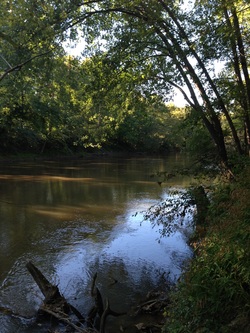
Starting at Baker’s Pond in Benton County, Miss., and meandering though several small towns in North Mississippi and West Tennessee before reaching its confluence with the Mississippi River near Downtown Memphis, the Wolf River and its subsequent watershed provide some 105 miles of textbook bottomland hardwood forest – an indigenous and scenic ecosystem native to the southeast United States.
The Wolf River is generally divided into the Upper Wolf and Lower Wolf. The Upper Wolf is extremely popular with canoeists and kayakers for its beautiful scenery and iconic wildlife which
include minks, otters, darters and even bald eagles. As a result of the efforts of the Wolf River Conservancy, the Upper Wolf still remains largely unspoiled, and sensitive species like these can survive.
The Lower Wolf runs through the middle of Memphis, and as a result it has been channelized, urbanized, dammed and polluted for almost two centuries. However, as a result of the annual flooding, the surrounding area around the river remains undeveloped, and provides a sanctuary for heartier species such as kites, hawks, herons, coyotes, foxes and various reptiles and amphibians to thrive.
The Wolf River is generally divided into the Upper Wolf and Lower Wolf. The Upper Wolf is extremely popular with canoeists and kayakers for its beautiful scenery and iconic wildlife which
include minks, otters, darters and even bald eagles. As a result of the efforts of the Wolf River Conservancy, the Upper Wolf still remains largely unspoiled, and sensitive species like these can survive.
The Lower Wolf runs through the middle of Memphis, and as a result it has been channelized, urbanized, dammed and polluted for almost two centuries. However, as a result of the annual flooding, the surrounding area around the river remains undeveloped, and provides a sanctuary for heartier species such as kites, hawks, herons, coyotes, foxes and various reptiles and amphibians to thrive.
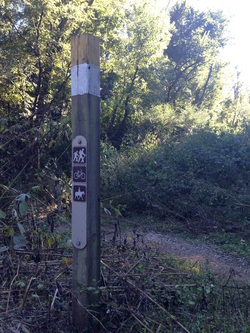
The East Memphis section of the Wolf River provides the backbone for Shelby Farms, which is one of the largest urban parks in the world. Shelby Farms provides park goers with 4,500 acres of lakes, forests, paved and unpaved trails, and other natural areas.
The Wolf River Trails wind through the Lucius E. Burch Natural Area south of Walnut Grove Road. The trails can be hiked, biked or ran, and dogs are allowed on leashes. Horseback riding is also allowed in certain parts of the trails.
The Wolf River Trails can be traversed as an 8-mile loop, 4-mile loop, or even shorter due the many switchbacks, According to All Trails. The Blue Trail is generally more popular during the
spring and summer months due the alluvial nature of the river that sometimes floods the Yellow Trail. However, the more scenic Yellow Trail is more popular in the fall and winter because the BlueTrail tends to remain muddy longer after rain due to the lower elevation and thicker canopy.
While it is much more urbanized and generally less pristine than the Upper Wolf, the Wolf River Trails are still a valuable natural resource. Whether it’s an after work trail run to clear your head, or a Sunday nature walk with the family, these trails can provide access to the great outdoors without ever leaving the city limits.
The Wolf River Trails wind through the Lucius E. Burch Natural Area south of Walnut Grove Road. The trails can be hiked, biked or ran, and dogs are allowed on leashes. Horseback riding is also allowed in certain parts of the trails.
The Wolf River Trails can be traversed as an 8-mile loop, 4-mile loop, or even shorter due the many switchbacks, According to All Trails. The Blue Trail is generally more popular during the
spring and summer months due the alluvial nature of the river that sometimes floods the Yellow Trail. However, the more scenic Yellow Trail is more popular in the fall and winter because the BlueTrail tends to remain muddy longer after rain due to the lower elevation and thicker canopy.
While it is much more urbanized and generally less pristine than the Upper Wolf, the Wolf River Trails are still a valuable natural resource. Whether it’s an after work trail run to clear your head, or a Sunday nature walk with the family, these trails can provide access to the great outdoors without ever leaving the city limits.
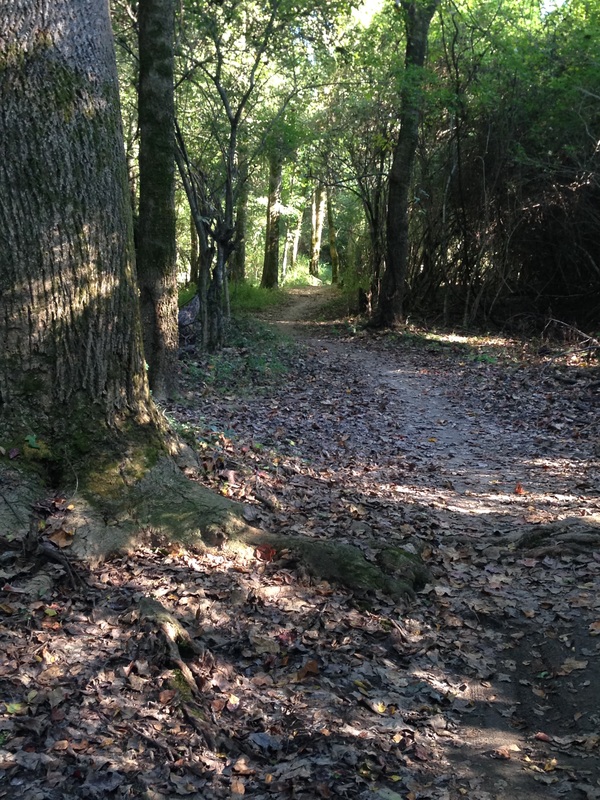
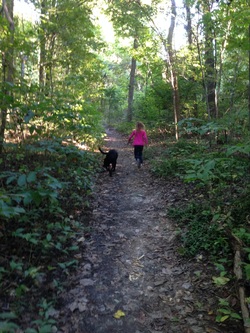

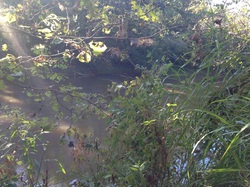
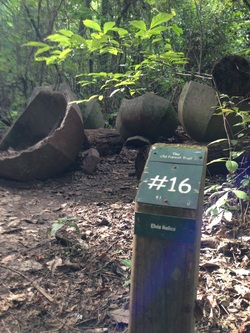

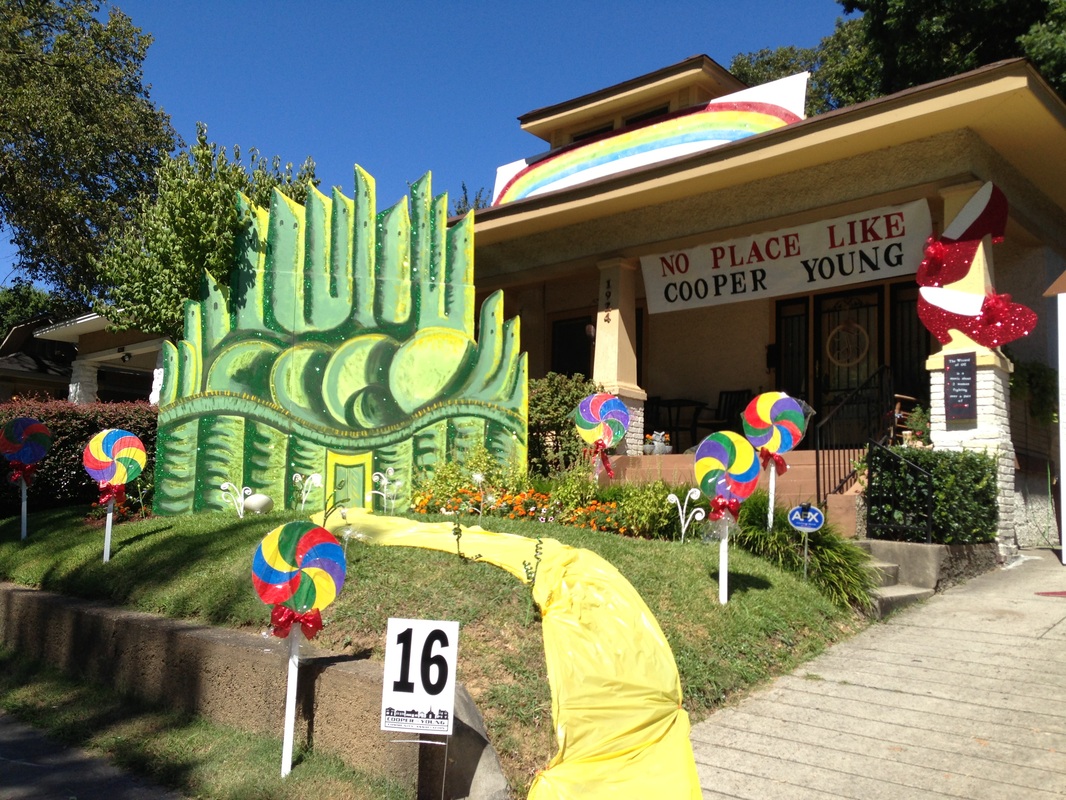

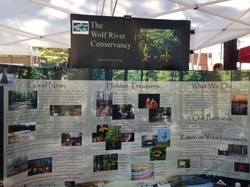
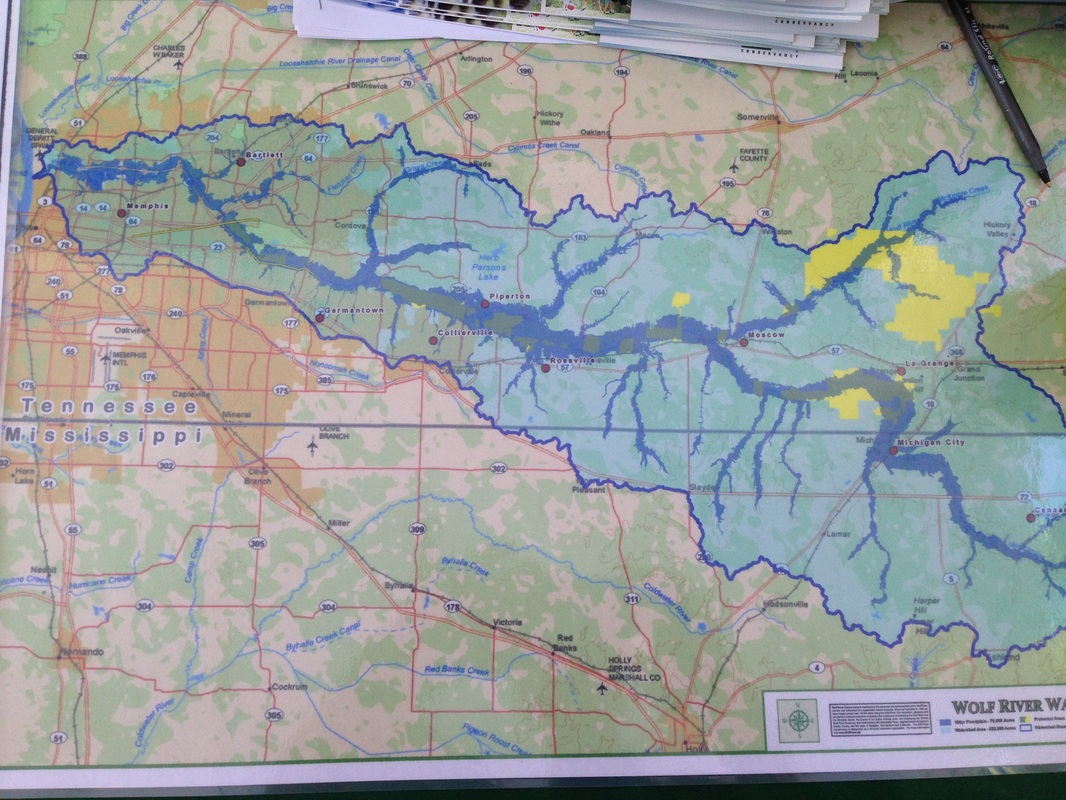
 RSS Feed
RSS Feed